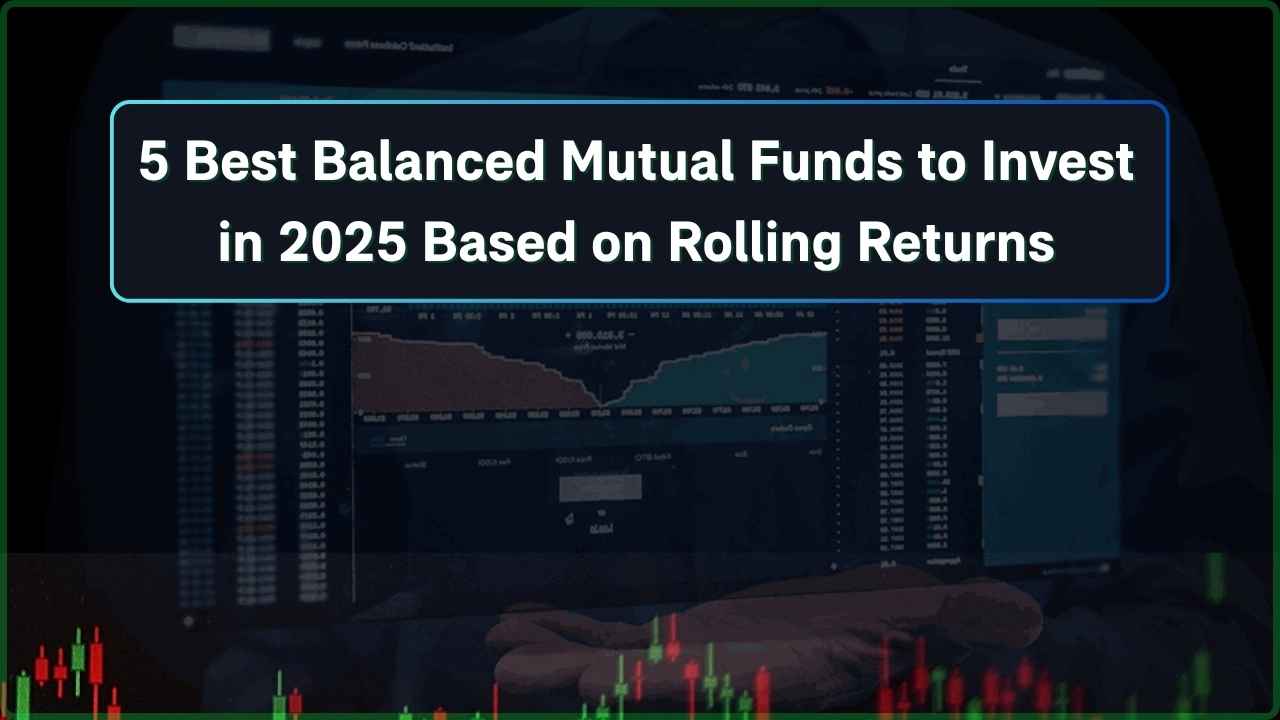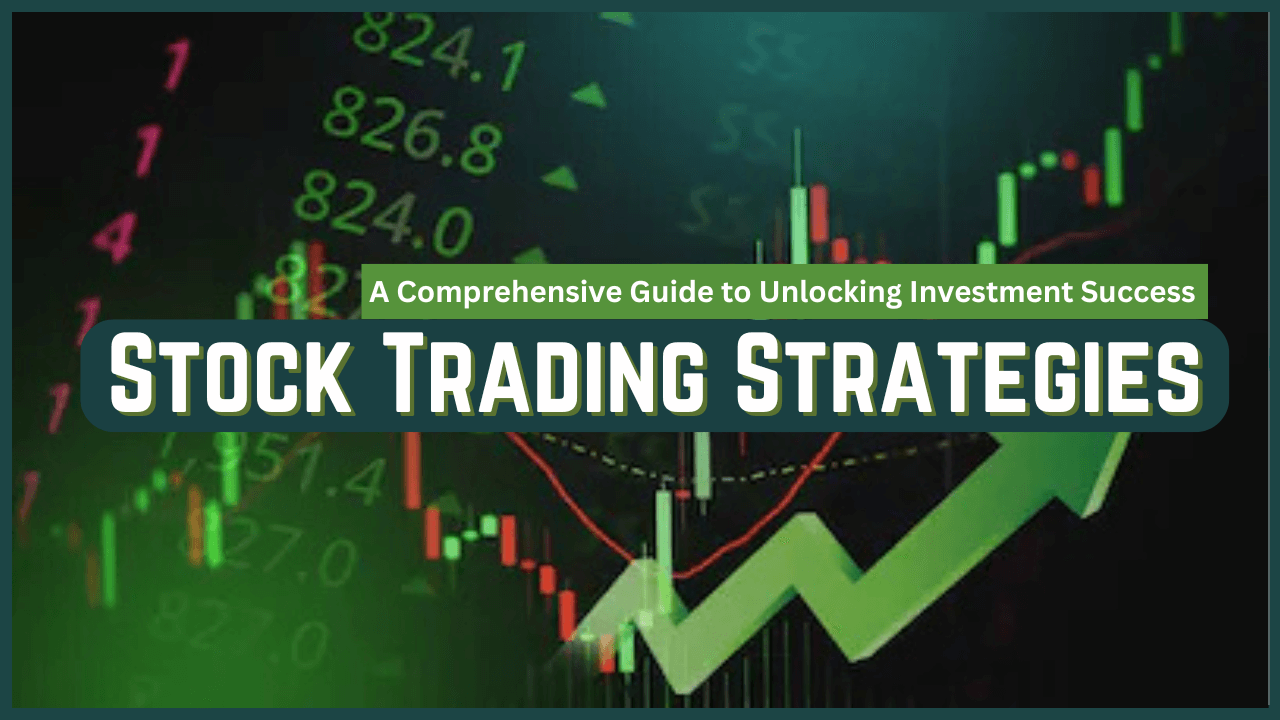Balanced mutual funds invest in both stocks and bonds. This gives you growth potential with fewer ups and downs than pure equity funds. In 2025, a smart way to choose these funds is to check rolling returns. Rolling returns show how steady a fund has been across different market phases, not just in a single lucky period. This guide explains rolling returns, lists the top 5 balanced funds based on them, and covers how they were selected, key benefits, and risks.
What Are Rolling Returns?
Rolling returns measure a fund’s average annual returns over many overlapping periods, like every 3-year or 5-year window. Instead of checking one fixed start and end date, rolling returns move the window forward month by month. This gives a fair view of how consistent a fund is through both bull and bear markets.
For example, a 3-year rolling return checks Jan 2017–Jan 2020, then Feb 2017–Feb 2020, and so on. This removes the “lucky timing” effect and shows real consistency.
Top 5 Balanced Mutual Funds Based on Rolling Returns
These funds have shown strong rolling performance and stable management processes.
| Fund name | 3-year rolling (%) | 5-year rolling (%) | 10-year return (%) | Why it stands out |
|---|---|---|---|---|
| HDFC Balanced Advantage Fund | 22.95 | 25.15 | 14.74 | Very consistent across cycles; strong downside control |
| Franklin India Dynamic Asset Allocation FoF | 16.83 | 20.19 | 11.25 | Solid 5-year record; diversified multi-asset approach |
| Invesco India Balanced Advantage Fund | 17.28 | 14.48 | 10.54 | Balanced risk-return; good protection in weak markets |
| Aditya Birla Sun Life Balanced Advantage Fund | 16.36 | 15.98 | 11.98 | Stable long-term trend with disciplined allocation |
| Edelweiss Balanced Advantage Fund | 15.71 | 16.30 | 11.40 | Gradual, steady compounding with risk control |
Why These Funds
- Focus on consistency across many rolling periods, not one-off peaks.
- Dynamic allocation helps reduce volatility while capturing upside.
- Experienced teams and clear processes support stable outcomes.
Annualised Returns Comparison – Top 5 Funds
Quick view to compare rolling and long-term returns.
| Fund name | 3-year rolling (%) | 5-year rolling (%) | 10-year return (%) | Why it stands out |
|---|---|---|---|---|
| HDFC Balanced Advantage Fund | 22.95 | 25.15 | 14.74 | Consistent top performer with steady growth |
| Franklin India Dynamic Asset Allocation FoF | 16.83 | 20.19 | 11.25 | Strong 5-year rolling returns; diversified FoF |
| Invesco India Balanced Advantage Fund | 17.28 | 14.48 | 10.54 | Good downside protection; balanced mix |
| Aditya Birla Sun Life Balanced Advantage Fund | 16.36 | 15.98 | 11.98 | Long-term stable returns across cycles |
| Edelweiss Balanced Advantage Fund | 15.71 | 16.30 | 11.40 | Steady, gradually improving performance |
How We Filtered the Mutual Funds
- Looked at balanced advantage/dynamic asset allocation funds across multiple cycles (2013 to mid‑2025).
- Used 3-year and 5-year rolling returns to judge consistency instead of single point returns.
- Preferred funds with better downside capture and lower volatility in corrections.
- Cross-checked long-term annualised returns for durability.
- Considered process strength, asset-allocation discipline, and team experience.
Benefits of Investing in Balanced Mutual Funds
- Diversification in one fund: exposure to both equity and debt.
- Lower volatility than pure equity due to dynamic allocation and debt cushion.
- Professional rebalancing: managers adjust mix with market conditions.
- Steady growth potential with smoother return paths.
- Possible tax efficiency when equity allocation meets equity-oriented norms.
- Simple “all-in-one” solution for most investors who want balance.
Risk Factors in These Funds
- Market risk: equity exposure can still cause drawdowns in sell-offs.
- Model risk: allocation models can get valuations or timing wrong.
- Interest rate and credit risk: debt side can be hit by rate moves or issuer issues.
- Category lag in strong bull runs: may trail pure equity funds due to conservative allocation.
Conclusion
Balanced mutual funds are a smart pick in 2025 if you want growth with more stability than pure equity funds. Rolling returns help you judge real consistency across different markets. The five funds listed show strong rolling performance and disciplined allocation. Match them with your goals and risk level, read scheme documents, and consider SIPs to average costs over time.
Learn More:
- Best Small-Cap Index Funds
- 10 Debt Mutual Funds That Outperformed in the Last 1 Year with 10% to 24% Returns
- Best Mutual Funds for Senior Citizens
- Best Green Hydrogen Stocks in India
Frequently Asked Questions (FAQ)
What is a balanced mutual fund?
A balanced fund (hybrid) invests in both stocks and bonds to offer growth and stability in one portfolio.
Why are rolling returns better than normal returns?
They check performance across many overlapping periods, removing lucky or unlucky start dates and showing true consistency.
Are balanced funds safe?
They are not risk-free, but generally less volatile than pure equity funds due to the debt component and dynamic allocation.
Are balanced funds safe?
They are not risk-free, but generally less volatile than pure equity funds due to the debt component and dynamic allocation.
Who should invest in balanced funds?
Ideal for moderate-risk investors who want steady growth, fewer swings, and a simple one-fund solution.
How long should I stay invested?
Aim for at least 3–5 years to let the equity portion work while benefiting from the fund’s rebalancing.
What should I review before investing?
Rolling returns, downside capture, expense ratio, asset-allocation policy, long-term track record, and fund manager/process.
How long should I stay invested?
Aim for at least 3–5 years to let the equity portion work while benefiting from the fund’s rebalancing.
Can balanced funds beat pure equity funds?
In strong bull markets they may lag; over full cycles they can deliver steadier results with fewer drawdowns.










